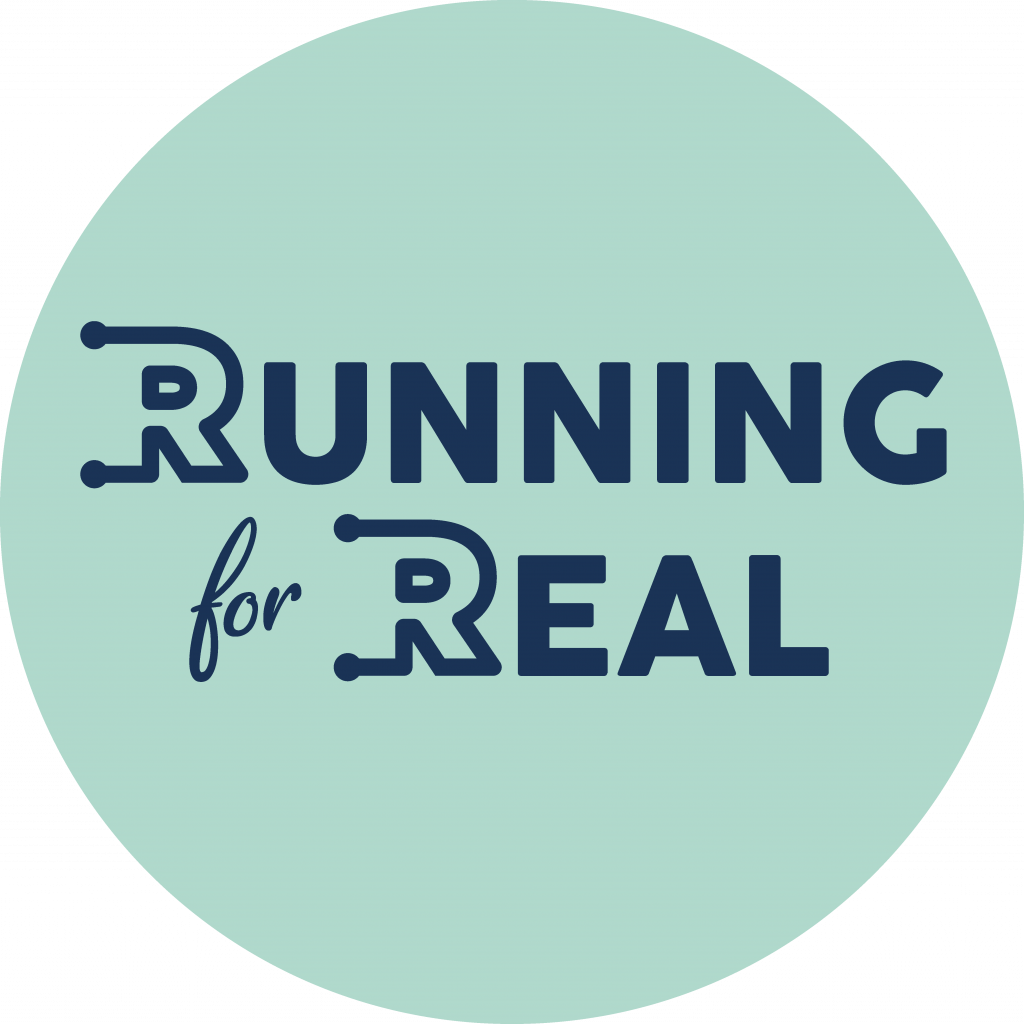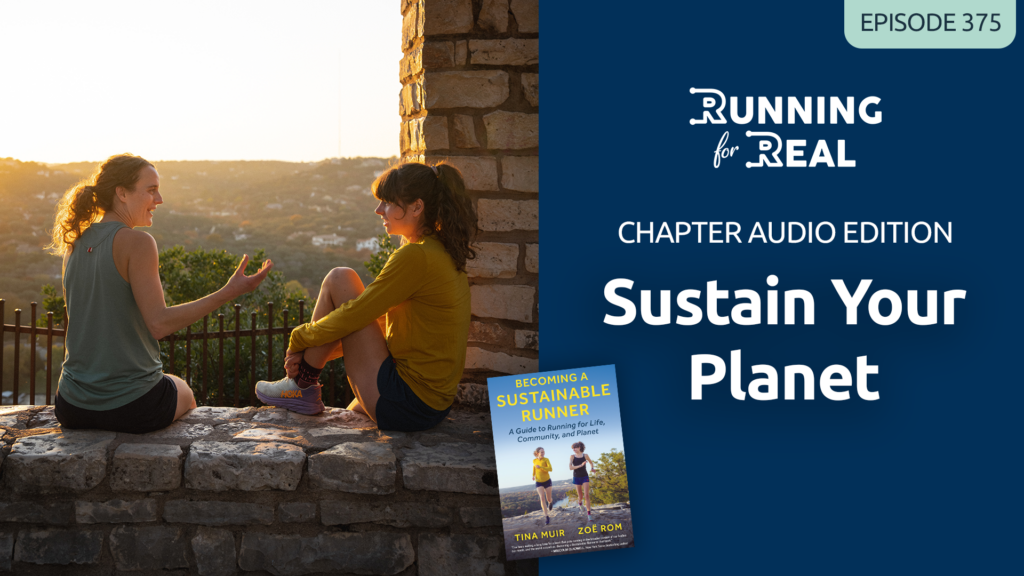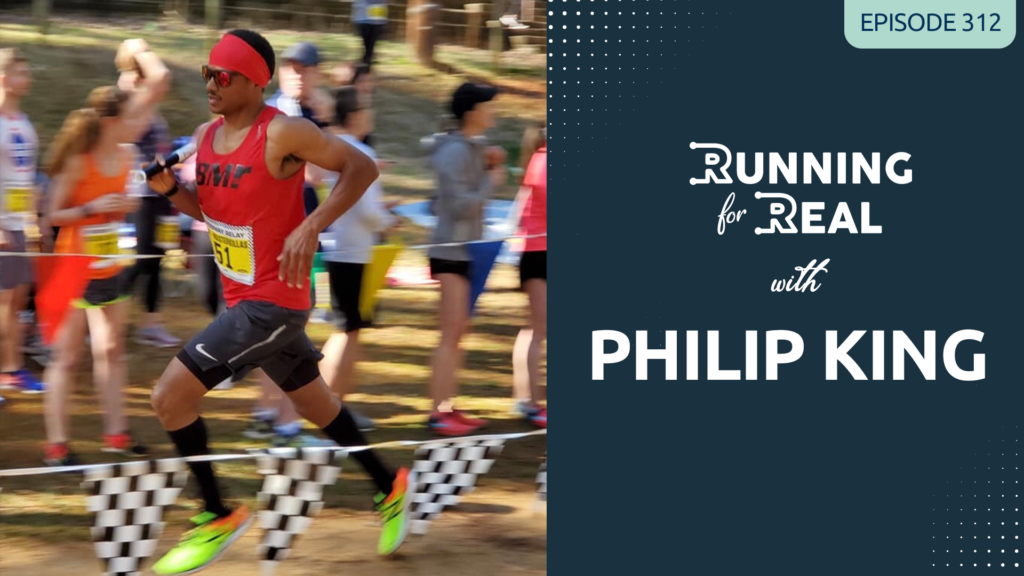Fuel and hydration can have a huge impact on athletic performance. But what kind and how much do runners need? When do they need it? Sports scientist Andy Blow, co-founder of Precision Fuel and Hydration, shares his insights on determining the amounts of fuel, fluid, and sodium you need before, during, and after your runs; understanding sweat rates; and managing electrolyte balance.
Listen to the Running for Real podcast here:
Apple (iTunes) Podcast | Sticher | Castbox | Overcast | Spotify | Google Play | iHeartradio |
The first thing to remember, Andy says, is that “Fueling when you’re doing an activity doesn’t have to be really complicated. It’s very, very simple really, and the sports nutrition industry has made it a lot more complicated than it needs to be. Because fundamentally, you are gonna need three things while you’re running to keep going for a very long time.
“And that is, you’re gonna need fuel, usually in the form of carbohydrate; you’re gonna need fluid, usually water or a drink of some sort to replace what you’re losing in your sweat. And beyond a certain point of sweating, with that fluid you’re gonna need electrolytes, and the main one you’re gonna need is sodium. So you need three things. You need carbs, fluid, and sodium when you’re doing endurance exercise. And if you get basically the right amount of those three things in, then you have done a great job and you will perform really well.
What you eat before exercise, around exercise day-to-day, what you have for breakfast, all of that, that’s a whole separate and way more complicated topic. But the fundamentals of what you eat when you’re exercising are, do you know how much carb, how much fluid, how much sodium you need?”
So is it always necessary to fuel on the run? If you start out well-fueled, you’re not going to need significant fuel, if any, for a run under an hour. The exception might be for a particularly hard session when you want to perform at your best, in which case you may want to use a sports drink.
However, once a session starts approaching two hours, you’re going to want to fuel. How much depends on the intensity of your run. “If you’re running easy, that might look like 30 g of carbohydrate an hour, which is a single energy gel or something like that,” Andy says. “If you’re running moderately hard, that might be 60 g an hour. And if you’re running really, really hard; you’re trying to perform at your best; you’ve got a very hard simulation run or something like that, you might be up at 75 to 90 g of carbs an hour at that point.”
Simple carbohydrates will get into your system within 10-15 minutes, so taking a gel or chew approximately 30 minutes before the end of a race is a good idea for a fast finish, as the energy will become available just when you need it. Caffeine, on the other hand, will appear in the bloodstream in around 15 minutes, but won’t peak until about 45 minutes, so it needs to be taken sooner. As Andy observes, “Taking a caffeine gel too late in a race is a mistake some people make ‘cause they feel like they wanna save the kick for the end, and they might be saving it for the after party or the massage afterwards.”
He’s written a blog post on how much carbohydrate athletes need per hour that goes into greater detail. You can also get personal recommendations with Precision’s free Fuel and Hydration Planner.
Once you’ve finished your run, how should you replenish yourself? Andy explains that research has shown that there’s a 30-60 minute window after exercise when your muscles are more open to restocking with glycogen and repairing if you get sufficient fuel in during that time. Along with carbs, you should have some protein, as that stimulates insulin release, which helps with the uptake of carbohydrate into the muscles and cells.
Just as with fueling during the run, your post-run fuel needs are determined by the length and intensity of your run, as well as by what you’re doing afterwards. “If you’ve been out for a really long and hard run, it definitely pays you to refuel more aggressively, more quickly, because otherwise you’re delaying the recovery process. If you’ve gone out for an easy 30-minute run and then you’ve not got a hard day the next day, the pressure’s off a little bit and I think you can be a lot more relaxed and just free-flowing about what you do.”
Again, the process doesn’t need to be complicated. “What I want to be clear on,” Andy says, “is don’t go looking for magic in any particular product. Don’t get diverted off your mission to figure out how much carb you need per hour by wondering whether a hydrogel or a maltodextrin or a fructose or something like that is gonna be more important. That’s kind of in the noise until you’ve really got to grips with getting basically the right amount.”
Fluids and electrolytes are the other elements that runners need. Like fuel, the amounts vary based on the duration and intensity of your run, but how much you lose and need to replace also varies considerably from one individual to another. You can learn your sweat rate by measuring yourself before and after a run. Basically, one kilogram of body weight loss is equivalent to about one liter of sweat lost, but to make the calculations easy, there’s a full explanation with a downloadable spreadsheet on Precision’s website. Andy advises that you want to limit your fluid loss to within 2-3% of your total body weight, as performance tends to drop off beyond that.
Replenishing fluids is about more than replacing water; you also need to replace the electrolytes lost when you sweat, particularly sodium. “When you only need to replace a small proportion of your sweat losses or you’re doing something which is in a cool environment or you don’t have a heavy sweat rate, water is predominantly, if not exclusively, what you need because you’ll get enough electrolytes incidentally from foods that you eat. You have a reserve in the body that you can draw upon for a period of time. So at the one end, what we can say for sure is that shorter, cooler events probably don’t require electrolytes,” Andy says.
However, he continues, “At the other end of the spectrum, like really long, really hot events, and especially for people whose individual physiology leads them to lose a lot of sweat or a lot of sodium in their sweat or both, they can require quite extravagant amounts of sodium along with fluids in order to stave off dehydration or a condition called hyponatremia.”
Hyponatremia isn’t the only condition caused by insufficient electrolytes. Andy has written in detail about why athletes suffer from cramp and has found that cramping affects 85-90% of athletes to some degree, and 50-60% fairly regularly.
“There’s not a sudden point at which you start needing electrolytes; it’s kind of a gray area. That’s always a hard concept to communicate because a lot of people exercise and do stuff in that gray area. I would say if you’re exercising regularly for more than an hour, and if you feel like you either struggle or underperform in the heat, then taking in fluid with electrolytes is an easy and cheap and low-risk intervention.
“The other thing to do to ensure that you’re not diluting your electrolyte levels down, in my opinion, is to salt your food. So start to put salt in your food in the last two, three days before an event because that is a bit of a failsafe against overhydrating and diluting your sodium levels down. There’s no harm in having a bit of extra sodium on your plate for most people during that period because you’re gonna be excreting a lot out in the race.
“Then the morning of the race, we advise most athletes to do something called a sodium pre-load, which is just essentially a fancy way of saying take a strong electrolyte drink about an hour before you start.” You can learn more about pre-loading sodium here.
In sum, there are three elements to keep in mind when fueling and hydrating for exercise: calories burned, fluid lost as sweat, and sodium lost in sweat. As Andy says, “If you can nail that, you’ll get it right.”
Resources:
Use this link to Precision’s website to save 15% off your order.
Get Precision’s free Fuel and Hydration planner to understand how much carb, fluid, and sodium you need.
Book a call with Precision’s Athlete Support crew. They’ll answer your race nutrition questions and act as a sounding board for your fueling strategy.
Thank you to Allbirds, AG1, and Precision Fuel & Hydration for sponsoring this episode.
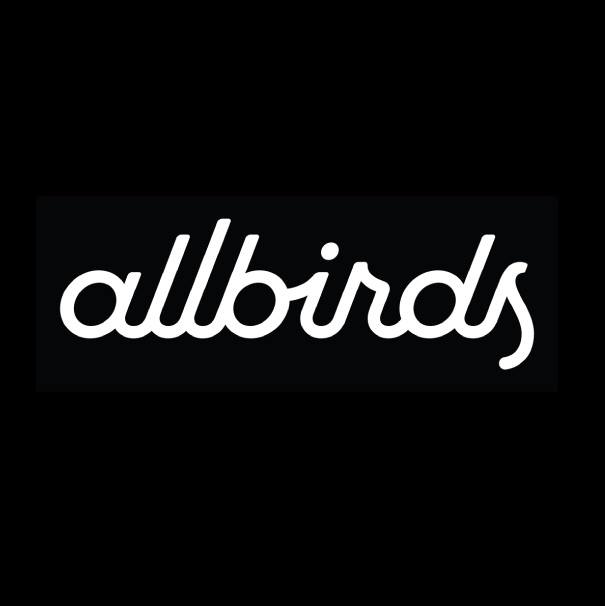
Allbirds looks at everything through a sustainability lens; it’s at the core of who they are as a company and the products they create. Their performance running shoe, the Tree Flyer, is lightweight, super springy, and wildly comfortable, and they’re Tina’s go-to running shoes. The Tree Dasher is not only a running shoe, it’s perfect for daily wear. You might also want to check out the Plant Pacers, made from plant leather.
Use this link, and you’ll get a free pair of socks! Just add them to your order, and when you use this link, it will take off the price at the end.
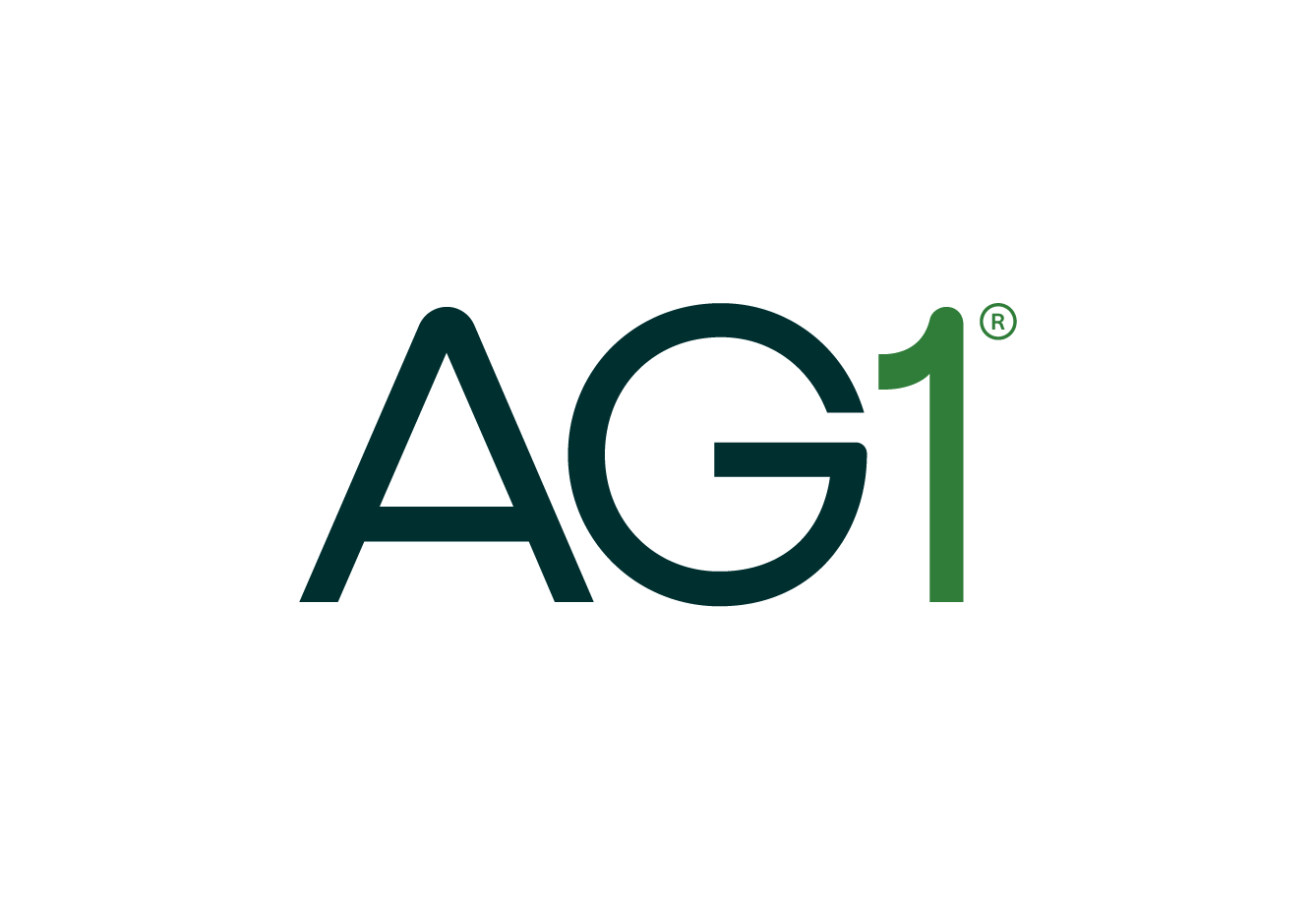
AG1 is the daily Foundational Nutrition supplement that delivers comprehensive nutrients to support whole-body health.
With its science-driven formulation of vitamins, probiotics, and whole-food sourced nutrients, AG1 replaces your multivitamin, probiotic, and more in one simple, drinkable habit. And just as importantly, it actually tastes good!
If a comprehensive solution is what you need from your supplemental routine, go here and get a FREE 1-year supply of Vitamin D AND five free AG1 Travel Packs with your first order!
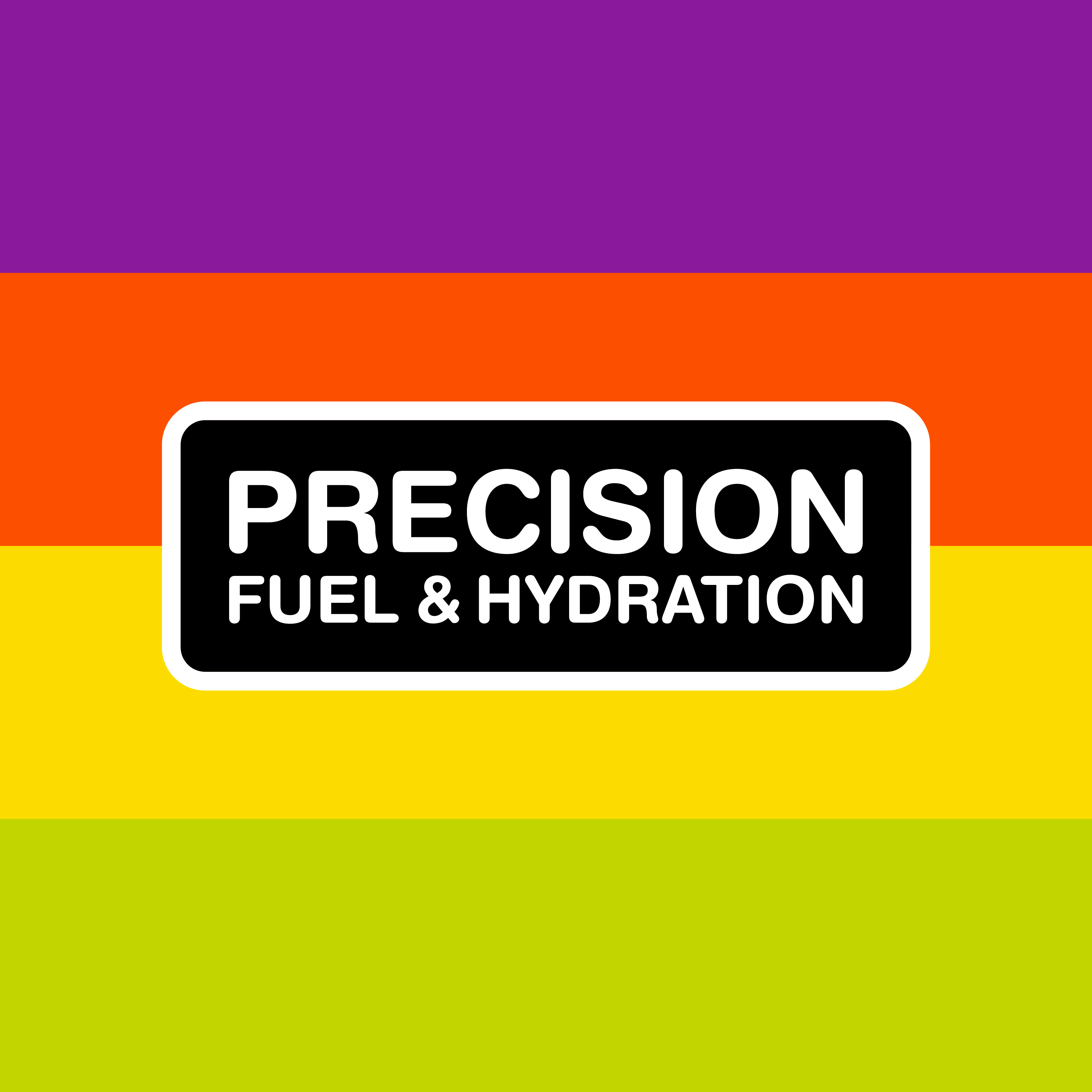
Precision Fuel & Hydration helps athletes crush their fueling and hydration so they can perform at their best. Tina used their electrolytes and fuel when she finished first female and third overall at the Bryce Canyon 50 Miler. You can use their free Fuel & Hydration planner to understand how much carb, fluid, and sodium you need for your key runs.
If you have more questions, Precision offers free video consultations. Their Athlete Support crew will answer your race nutrition questions and act as a sounding board for your fueling strategy. No hard-sell, just an experienced and friendly human who knows the science and is full of practical advice on how to nail your race nutrition. You can book a call here.
Once you know what you need to run your best, you can go here to get 15% off their range of multi-strength electrolytes and fuel.
Thanks for listening!
If you haven’t already, be sure to subscribe on Apple, Spotify, iHeart, Stitcher, YouTube, or wherever you get your podcasts. And if you enjoy Running for Real, please leave us a review!
Keep up with what’s going on at Running for Real by signing up for our weekly newsletter.
Join the newsletter
This is not your usual email newsletter. With Tina’s personal reflections and recommendations, suggestions of things to do, thoughts to contemplate, and some updates, this newsletter is one that you’ll WANT to read, not hit “delete” as soon as you see it.
Follow Tina on Instagram, Facebook, and Twitter. You’ll find Running for Real on Instagram too!
Want to be a member of the Running for Real community? Join #Running4Real Superstars on Facebook!
Subscribe to our YouTube channel for additional content, including our RED-S: Realize. Reflect. Recover series of 50+ videos.
Thank you for your support – we appreciate each and every one of you!
